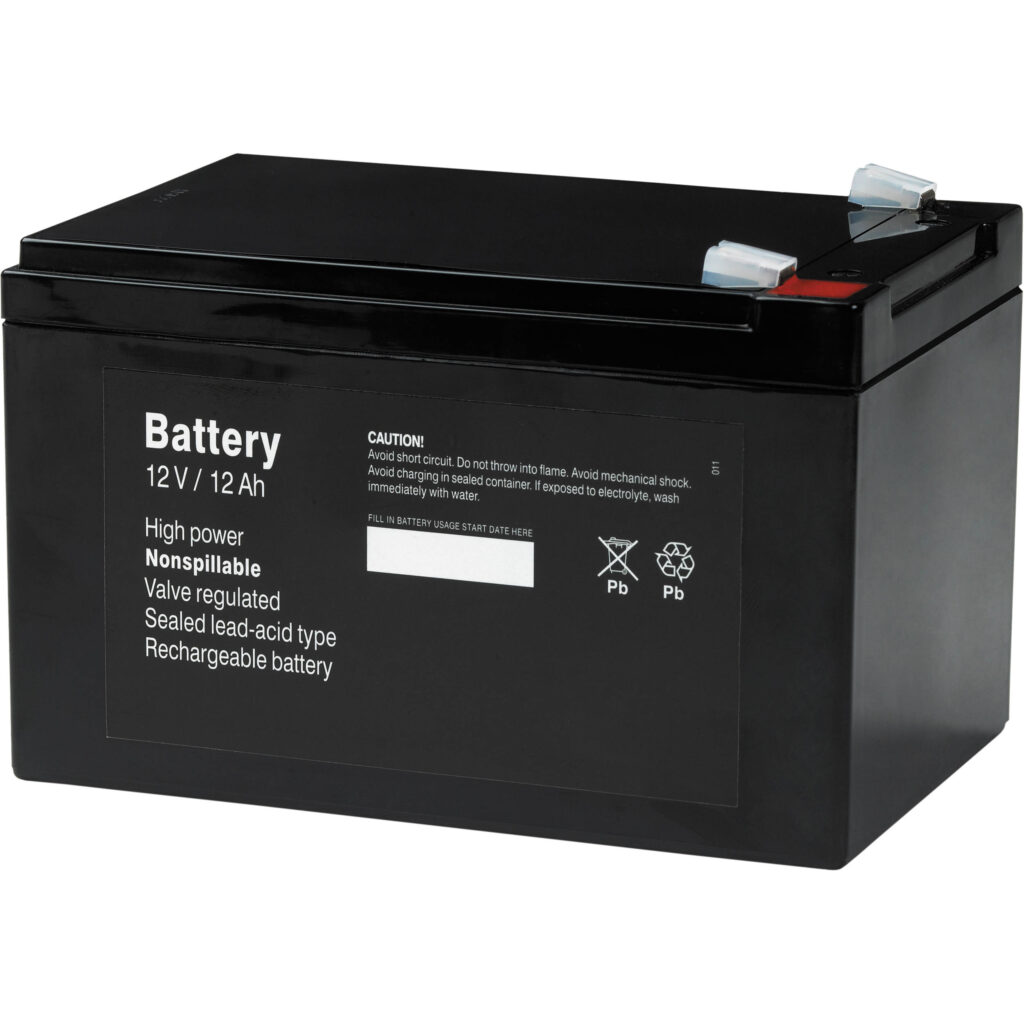The capacity of lead-acid batteries, including maintenance-free lead-acid batteries like AGM and gel batteries, is typically characterized using several key metrics.
- Nominal Capacity (Ah): Nominal capacity refers to the rated capacity of the battery, typically expressed in ampere-hours (Ah). It represents the total amount of electrical charge that a fully charged battery can deliver over a specified discharge period under specific conditions, such as a discharge rate over a certain number of hours.
- 20-Hour Rate Capacity: Lead-acid batteries are often rated at a 20-hour rate, which means the discharge is spread over 20 hours. For example, if a battery is rated at 100Ah at the 20-hour rate, it should theoretically deliver 5 amps of current for 20 hours before reaching a fully discharged state.
- Cyclic Capacity: Cyclic capacity refers to the battery’s ability to undergo repeated charge and discharge cycles while maintaining its capacity over time. This is important for batteries used in cyclic applications such as renewable energy storage or electric vehicles.
- Peukert’s Exponent: Peukert’s exponent (n) is a parameter that describes how a battery’s capacity varies with discharge rate. It is used in the Peukert equation to calculate the effective capacity of a battery at different discharge rates. A higher Peukert’s exponent indicates greater capacity loss at higher discharge rates.
- Cold Cranking Amps (CCA): Cold cranking amps is a measure of a battery’s ability to deliver a high current at cold temperatures, typically during starting applications in automotive batteries. It represents the discharge current that a fully charged battery can deliver for 30 seconds at 0°F (-18°C) while maintaining a voltage above a specified threshold.
- Reserve Capacity (RC): Reserve capacity is a measure of the battery’s ability to deliver a constant current over a specified time period after being fully charged. It represents the number of minutes a fully charged battery can deliver a constant current before its voltage drops below a certain threshold (e.g., 10.5 volts).
These metrics provide a comprehensive understanding of a lead-acid battery’s capacity under different operating conditions and discharge rates, allowing users to select the most suitable battery for their specific application requirements.


